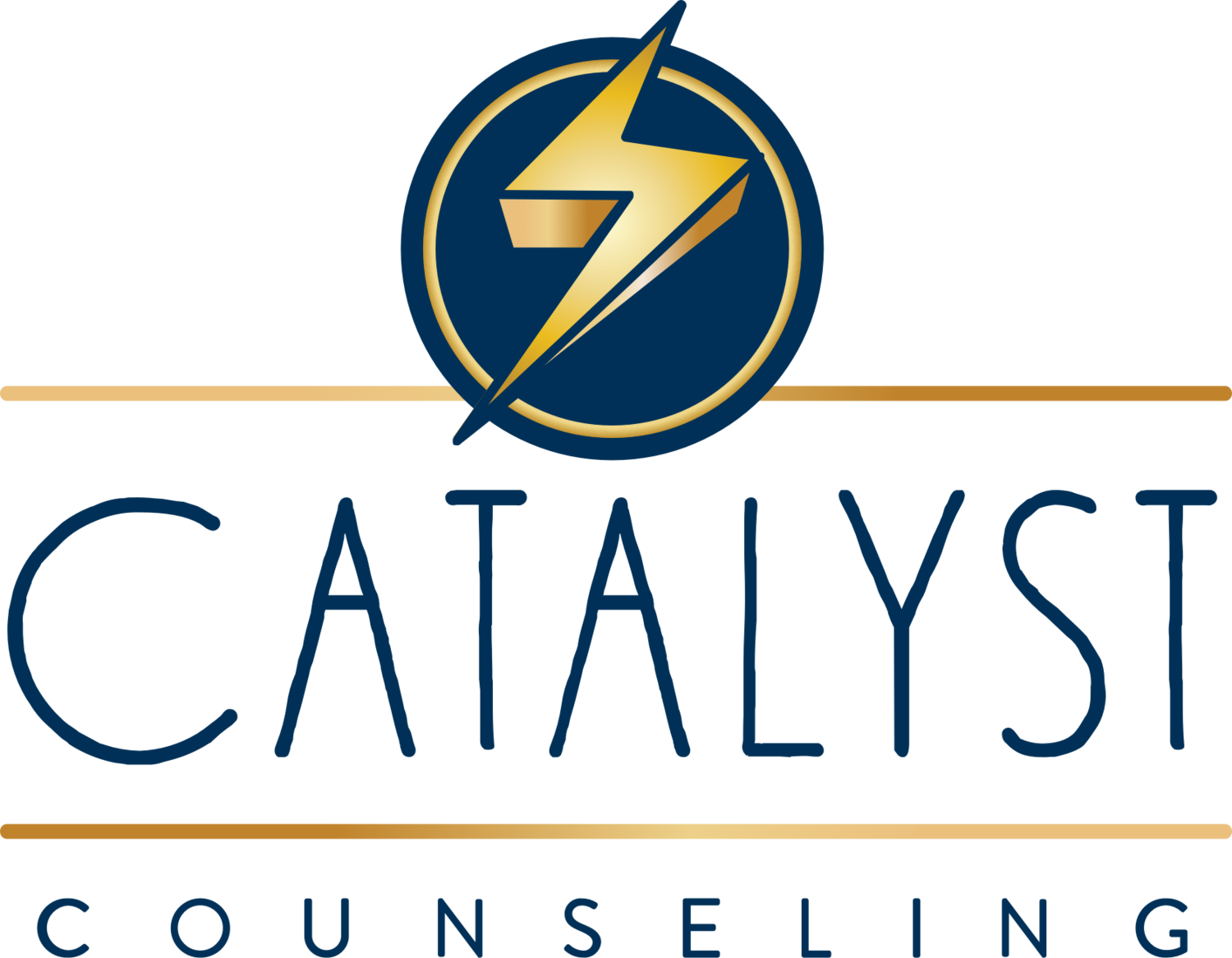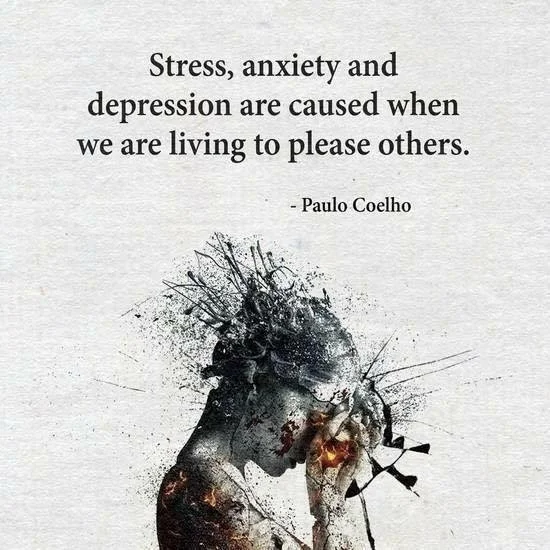HOW TO BE HERE & NOW
Being "present" is something everyone talks about wanting, but seems pretty difficult to actually do. We are pulled in so many directions by too much stimuli, too many responsibilities, too much rushing and too much of too much. This can cause the mind to be living in the past (“shoulda, woulda, coulda”) or in the future (worry about what *might* happen).
I would like to try to simplify it and make it fun for you, because if you are like me, learning how to meditate or "being" can seem like another thing on the needed to do list.
Multitasking is Focus' nemesis — many of us spend our days in a state of divided attention and near-constant multitasking, and it keeps us from truly living in the present.
Experiencing the NOW is creating attention anchor points that bring it into your purview.
A list of examples intended to get your engines started.....
1. Do your dailies, differently.
-Take a different route home and notice the homes, streets, trees, panhandlers, banners, fonts, etc.
-Change the radio station from the regular. Look and listen and be forced to be taken out of your routine.
-Chances are you have a leg that you use first when putting on your pants. Try starting with the *other* leg. The *other* shoe. Loop your the bunny ears of your shoelaces the *other* way.
2. Write with the opposite hand.
Use the mouse with the opposite hand or brush your hair with the opposite hand. You’ll laugh at how preschool-ish your handwriting suddenly becomes, and how you really have to focus on making your letters NOT look like potatoes! Those of you who have written Tooth Fairy notes know how hard this can be.
3. Pay attention to the full experience of walking.
Take a moment to focus on the sensations, the small and large movements you make while walking, your step, your gait, your breath, your heart beating in your chest, how objects seem to move past you, the temperature, the wind, etc.
4. Take a DEEP breath.
Meditation is one form of Mindfulness but there is so much more. Mindfulness means, simply put, the active state of being fully conscious and aware. One common mindfulness exercise involves letting yourself becoming fully conscious and aware of your own breath, which is a great way to to focus you right into the current moment. While you hold it, notice and name 5 things you can see, feel, hear.
Don't know how to breathe? No problem, here you go...
1) Exhale completely through your mouth, making a whoosh sound. 2) Close your mouth and inhale quietly through your nose to a mental count of four. 3) Hold your breath for a count of seven. 4) Exhale completely through your mouth, making a whoosh sound to a count of eight. 5) This is one breath.
5. Plate Presence-
Will you be eating any food or drinking anything today?
Thought so.
When you take the first bite of any meal, or first sip of any beverage, just take a moment to really pay attention to the taste.
Look at the food or drink carefully, the colors, feel the textures in your mouth, smell it and notice how your body reacts to it.
You don’t need to keep this up throughout the meal, but use it every now and then to lasso your attention.
6. Laugh and don't take yourself so seriously.
Laughing brings us into the present moment in a mindful way. Joyful laughter and meditation even look similar in the brain, according to this study .
Photo by Hannah Nelson from Pexels
Start small. Mindfulness can be incorporated throughout your everyday life by simply paying a little more attention to your daily activities as you’re performing them.
Mindfulness isn't a goal, because goals are about the future, but you do have to set the intention of paying attention to what is happening at the present moment.










